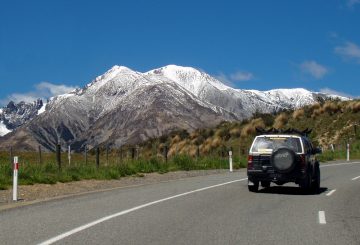位于托科罗亚中心的一个专门建造的三级设施旨在提供南怀卡托的增长和投资,培训和留住青年和技术工人。
Tai Ohomai 理工学院的新校园将于 2022 年开放,每年最多可容纳 500 名学生,提高当地劳动力的技能。
该 1 400 万美元的中心由政府提供的 1084 万美元捐款供资,其余部分由 Tai Ohomai、怀卡托信托基金和南怀卡托投资基金信托基金(SWIFT)提供的 100 万美元赠款共同供资。
该项目将为农业、工程、建筑、制造和物流等关键本地部门创建一个专门建造的校园。
Tai Ohomai 首席执行官莱昂·富里博士表示,自 2018 年初该计划启动以来,SWIFT 和 Tai Ohomai 一直密切合作,以决定专门建造的设施的样子。
“政府的这笔资金将使我们能够实现过去两年半我们一直在努力实现的愿景。我们目前位于 Tokoroa 的三个培训地点分布在不同的地点,其中一些已经破产,而且它不能将学员从 Tokoroa 送往我们位于罗托鲁瓦、汉密尔顿或陶波的校园。
“Tooi Ohomai 将经营培训中心,但我们认为这是与 SWIFT、南怀卡托区议会、Raukawa、太平洋岛屿社区的合作伙伴关系,并与商业界保持强有力的联系。鉴于南怀卡托的毛利人口为 25%-Tokroa 的 35%,太平洋岛屿 12%,与当地的 iwi 和 Pasifika 建立伙伴关系至关重要。”
Tai Ohomai 董事会主席凯瑟琳·库尼表示,能够看到这个项目实现真令人兴奋。
“为了看到这个项目的成功,在幕后做了很多艰苦的努力,我们一直在与 SWIFT 和 Waikato 信托密切合作,以确保这项工作取得成果。
“我们知道,为实现我们的共同目标,协作努力的重要性,即让更多的人从当地社区接受行业培训和就业。雇主呼吁增加技术工人,这是我们可以帮助弥合的差距。”
新建筑将把现有的三个 Tai Ohomai 中心汇集在一个突出的位置,这里也将成为新的商业开发项目的所在地。
“这不仅将为我们提供所需的空间,而且还将为社区带来生机。”
Cooney 女士将该设施描述为社区三级枢纽,并表示它是以社区为核心重点设计的。为该中心制定的概念计划包括数字创业中心、咖啡厅以及儿童保育设施,以便父母能够轻松接受教育。
该中心将为学生提供现代化的学习环境,配备熟练的导师和顶级设施,同时缩小怀卡托地区的数字鸿沟。
“我们希望将这些培训设施留在 Tokoroa,我们希望这个设施不仅能让这里的年轻人培训和进入劳动力队伍,还能提供提高技能的机会,以加强社区。
“校园的知名度和商业发展将表明社区内部有增长和投资,并为 Tokoroa 注入活力。”





























































